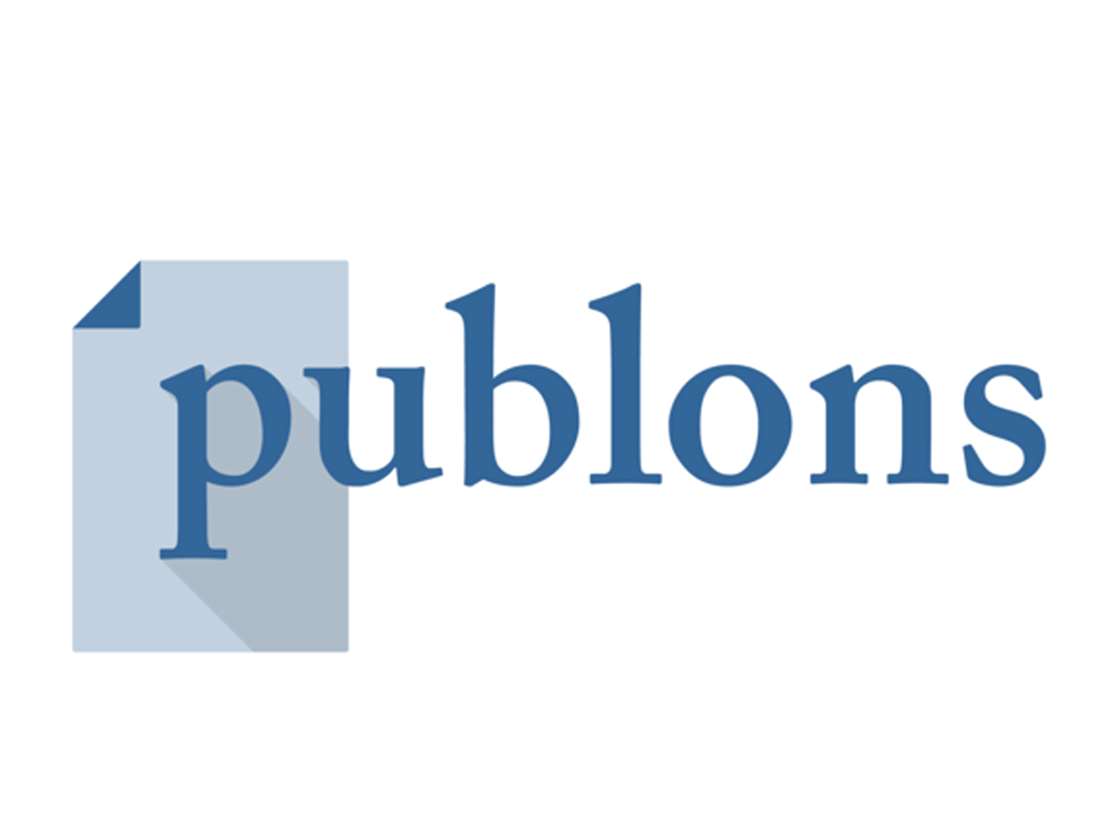Analisis Faktor Permintaan Non Fungsional Kelompok Non-Member Terhadap Permintaan (Seri 2)
DOI:
https://doi.org/10.21512/bbr.v2i2.1224Keywords:
perceived stimulation, perceived crowding, impulse buyingAbstract
Factor analysis of non functional Demand Non-Member On to Demand aimed to discover whether there is significant influence of non-functional variable on demand. Three independent variables (the effect), ie, X1 for Snob Effect (Mode), X2 for the Bandwagon effect (Prestige) and X3 for the Veblen Effect (Show-off) and 1 dependent variable Y for Demand. The number of respondents of 50 and 22 indicators is statistically valid. Analysis tool using the Model Correlation and simple Regression (Simple/Bivariate), Correlation and Regression Simultaneously (Multiple) Regression and Partial Correlation. The results of analysis proved statistically with LOC of 95%, indicating that the bivariate, partial unison and Simultaneously there is positive and significant correlation between variables X to Y, except for variable X2 (Prestige) on Bivariate correlation.Â
References
Amanta, A. A. (2009). Analisis pengaruh permintaan non fungsional terhadap keputusan pembelian konsumen. Skripsi tidak dipublikasikan, BINUS University, Jakarta.
Kotler, P., & Armstrong, G. (2005). Principles of marketing. McGraw-Hills.
Putong, I. (2003). Pengantar ekonomi mikro dan makro. Jakarta: Ghalia Indonesia.
Putong, I. (2009). Economics: Pengantar mikro dan makro. Jakarta: MWM.
Putong, I. (2005). Teori ekonomi mikro. Jakarta: MWM.
Putong, I. (2010). Faktor permintaan non fungsional group member terhadap permintaan. BINUS Business Review Vol.1 No. 2, BINUS University Jakarta.
Simamora, B. (2002). Panduan riset perilaku konsumen. Surabaya: Pustaka Utama.
Downloads
Published
How to Cite
Issue
Section
License
Authors who publish with this journal agree to the following terms:
a. Authors retain copyright and grant the journal right of first publication with the work simultaneously licensed under a Creative Commons Attribution License - Share Alike that allows others to share the work with an acknowledgment of the work's authorship and initial publication in this journal.
b. Authors are able to enter into separate, additional contractual arrangements for the non-exclusive distribution of the journal's published version of the work (e.g., post it to an institutional repository or publish it in a book), with an acknowledgment of its initial publication in this journal.
c. Authors are permitted and encouraged to post their work online (e.g., in institutional repositories or on their website) prior to and during the submission process, as it can lead to productive exchanges, as well as earlier and greater citation of published work.
USER RIGHTS
All articles published Open Access will be immediately and permanently free for everyone to read and download. We are continuously working with our author communities to select the best choice of license options, currently being defined for this journal as follows: Creative Commons Attribution-Share Alike (CC BY-SA)



























